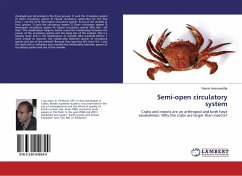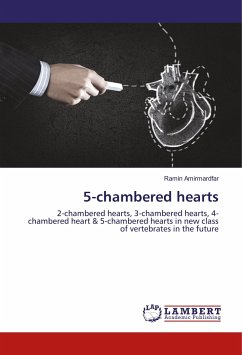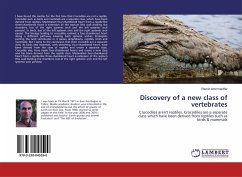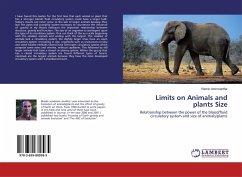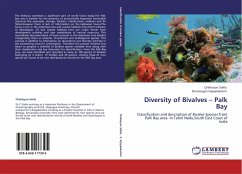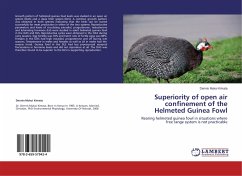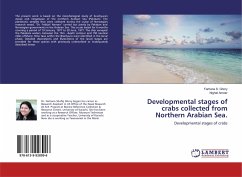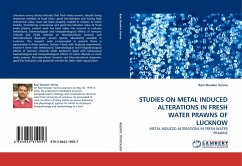Zoologists put all animals in the three groups: 1) Lack the circulatory system 2) Open circulatory system 3) Closed circulatory system But for the first time, I use the term "semi-open circulatory system" and put the animals in four groups. 1) Lack the circulatory system 2) Open circulatory system 3) Semi-open circulatory system 4) Closed circulatory system Why did I do that? This classification helps to better reveal the relationship between the power of the circulatory system and the body size of the animals. This is a missing chain link in the classification of animals. Why scientists before I, were unable to discover, the relationship between power of circulatory system and size of the animals? Because they ignoring this chain link. I put the chain link in self-place and revealed the relationship between power of circulatory system and size of the animals.
Bitte wählen Sie Ihr Anliegen aus.
Rechnungen
Retourenschein anfordern
Bestellstatus
Storno

